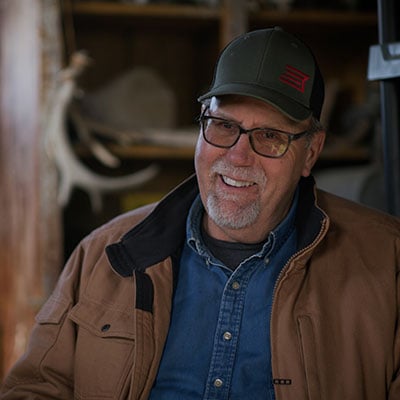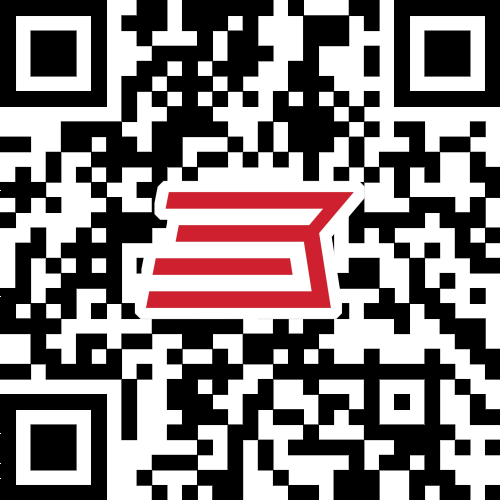- Savage Blog
- Sharing the Land: Connecting People, Conservation and Access
Sharing the Land: Connecting People, Conservation and Access
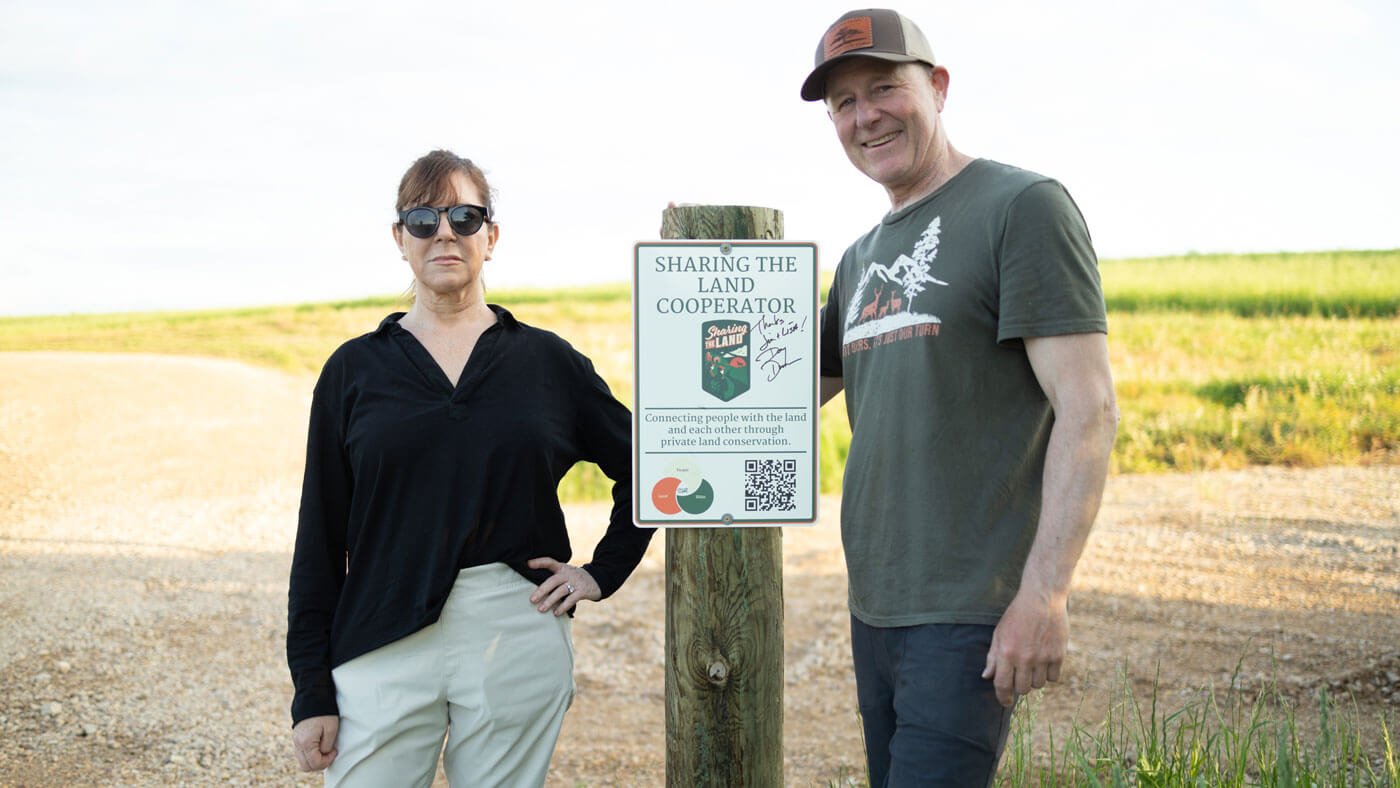
This blog from Doug Duren is part of the Serve the Land series, where we tell the stories of conservation and the people who have made an impact in shaping what it means to be a conservationist today. Sharing the Land is a story of teamwork, dedication, and working towards a mutual goal that is bigger than any one hunter or landowner. We hope you enjoy learning more about Sharing the Land
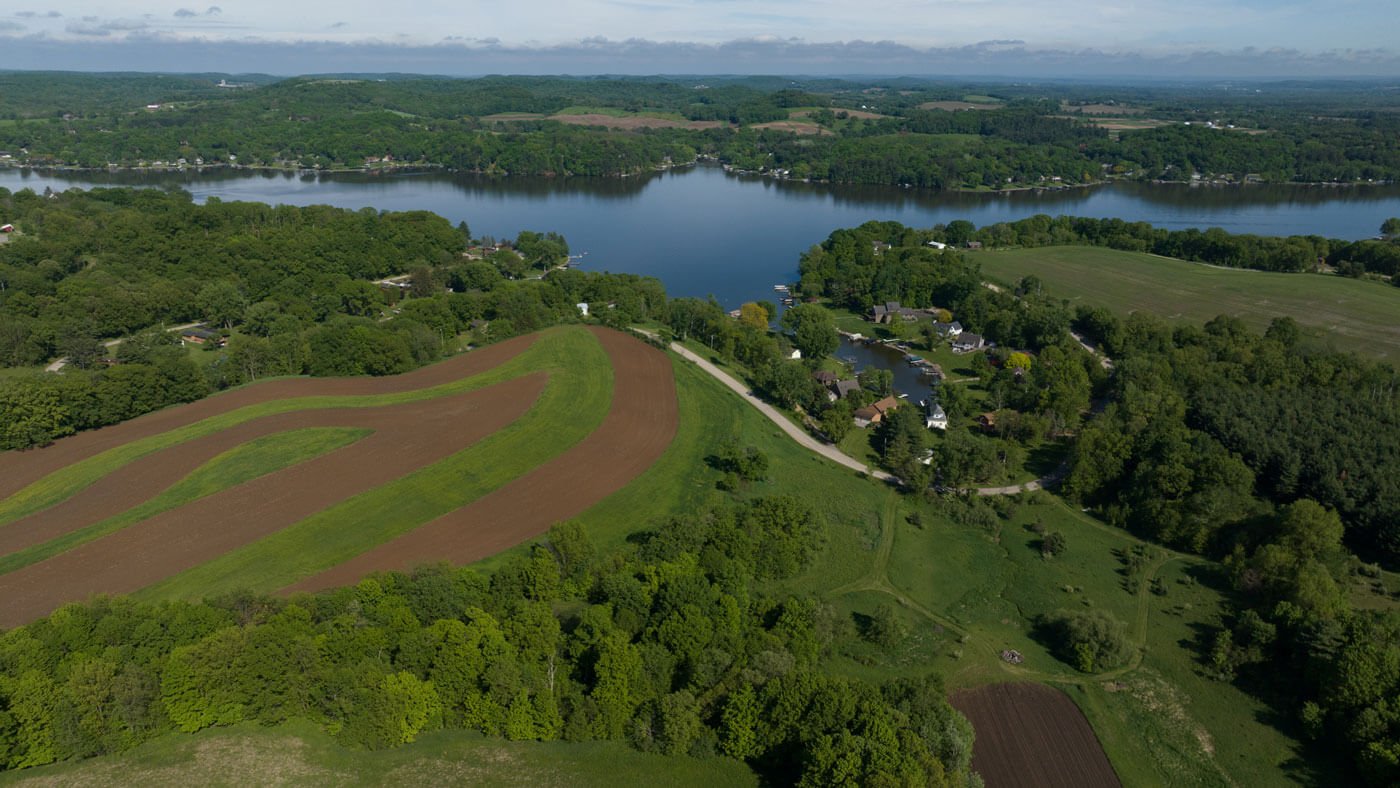
Private Land & Trespass Laws
Woody Guthrie, the great American Folksinger, wrote in the song “This Land is Your Land” that he saw a sign that said “...No Trespassing, but on the other side, it didn’t say nothing …” and that was side of the sign Woody said, was made for you and me.
Despite the sentiment of Guthrie’s song, the reality is that access to private land in the US isn’t as simple as only reading the blank side of a “No Trespassing” sign. In nearly half of US States, a landowner isn’t even required to “Post” their land. That is, you are guilty of civil or criminal trespass, depending on the situation, simply by being on private property without permission. It’s not a situation anyone should want to be in.

The Value of Private Land Access for Recreation
“Old School” landowners still exist who will grant access to their acres to folks who simply ask and respect the land. For a variety of reasons, securing access to private land for hunting, hiking, foraging, birdwatching, and other recreational activities is becoming increasingly difficult.
More than ever before, rural land is being purchased for second home and recreational purposes by folks who can afford it. Farmers and other landowners, looking for additional revenue streams, are leasing recreational access rights to their property to individuals looking for exclusive access. Government programs like the Farm Bill Voluntary Public Access program lease recreational and hunting access from landowners who in exchange, open their land to public access.
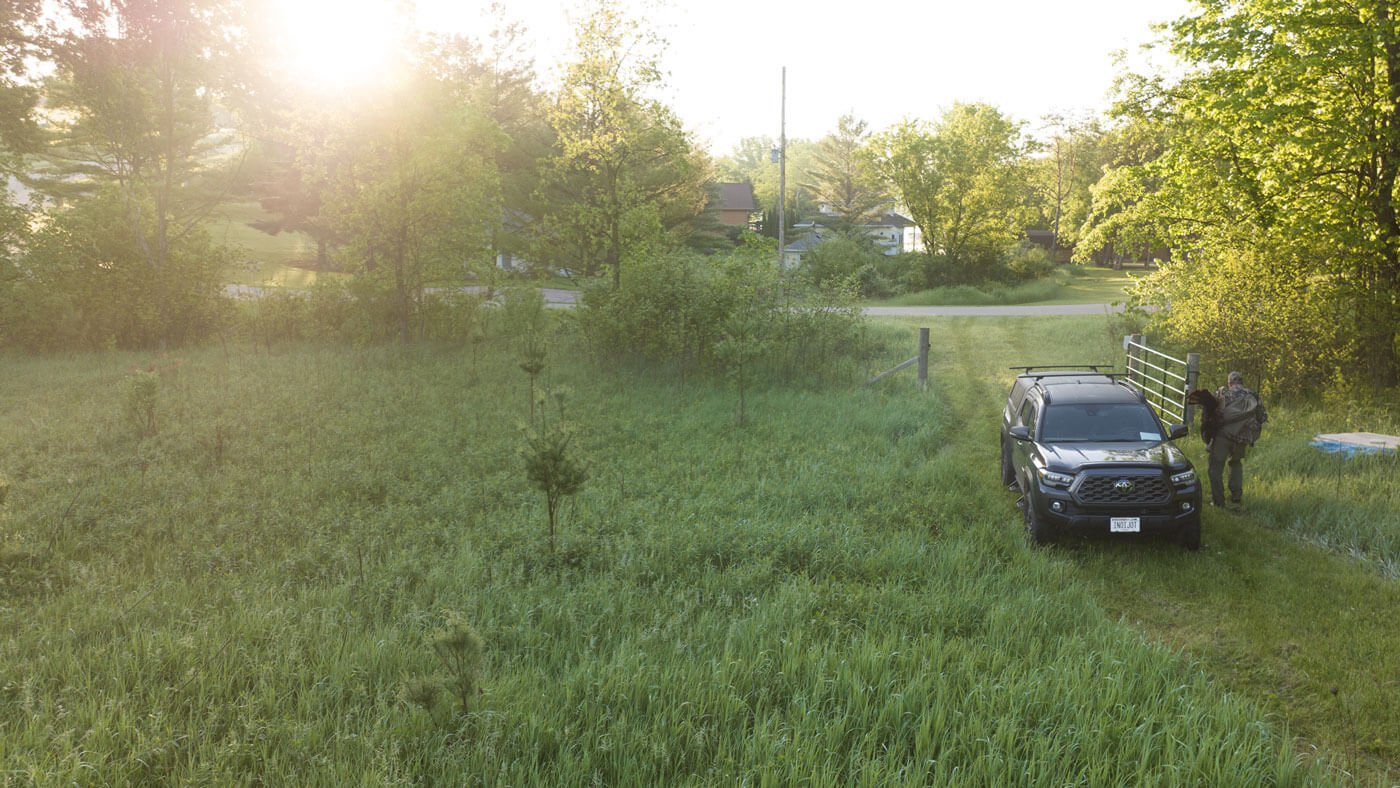
The Value of Access
Let’s not bemoan the evolution of recreational access. Let’s acknowledge, even embrace, the idea that gaining entry to private land for recreational pursuits has value. Why else do we seek it? That value inevitably includes financial value.
Let’s also acknowledge that changes in land access affect how people interact with the outdoors. Within this shift lies real opportunity. That possibility recognizes the importance of private land access, emphasizes the need for land stewardship, and encourages everyone who enjoys the outdoors to contribute to conservation.
In this evolving environment, Sharing the Land, a private land access initiative, was born, and a program was developed to connect stakeholders to the land for mutual benefit.

Cooperative Access
Sharing the Land acknowledges the inherent value of access to private land and the need to expand public access opportunities. The rising costs of owning rural land, shifts in land ownership, a growing population, leasing of hunting rights, and increased interest in outdoor activities have made it increasingly challenging for non-landowners to secure permission for hunting, foraging, or recreation on private lands. Many landowners may not want to open their properties to everyone but may be willing to share their land with individuals who respect the environment and contribute to conservation efforts.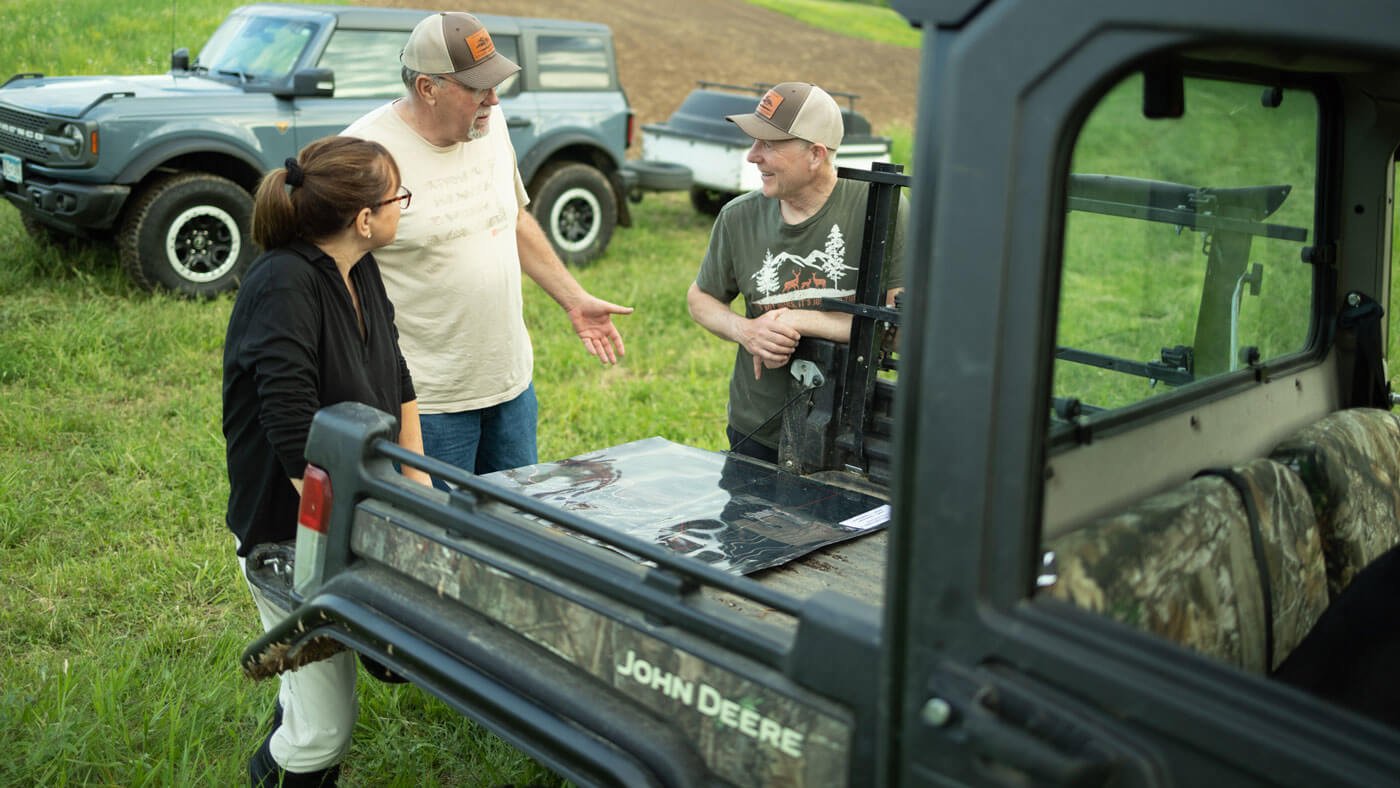
Recognizing the need to reconnect people with the land and with each other, Sharing the Land has designed a model to do just that. By connecting Landowners and Access Seekers through encouraging the age-old idea of bartering work for access, the STL model builds long-term connections that will share and protect our natural resources. STL connects people to the land and each other; relationships and community are built and work that restores native landscapes and improves the land while benefiting wildlife and other members of the biotic community.
How Sharing the Land Works
Sharing the Land is the meeting place for landowners and access seekers interested in cooperative conservation and puts them together based on information they share. The process is straightforward:
- Landowners can receive assistance with controlling invasive species, improving timber value, and other tasks by allowing recreational access to folks who return the favor by helping with those efforts. To explore this possibility, Landowners fill out a Cooperating Land Profile using the Sharing the Land Profile Builder. The form asks for basic information about the property and helps the landowner consider their conservation and other needs, along with access opportunities they might share. It stores details about any specific landowner interests, management projects and related information and has a place to talk about the kind of people they are interested in meeting to consider as Cooperators.
- Access Seekers in turn, fill out a Conservation Resume Like a traditional resume, the Conservation Resume is where access seekers become potential Cooperators. Along with their location, they list skills, abilities, and the access prospects they are looking for. They will also explain about their interests and share more about themselves and why they are interested in this kind of opportunity.
Sharing the Land using the information Landowners and Access Seeker/potential Cooperators provided, uses a ranking system to develop a list of potential Landowner/Access Seeker matches. Landowners receive the conservation resumes of potential Access Seekers for review, and they then contact the ones they want to continue to learn about. Sharing the Land also provides all parties with information about frequently asked questions, liability, insurance, and sample agreement. 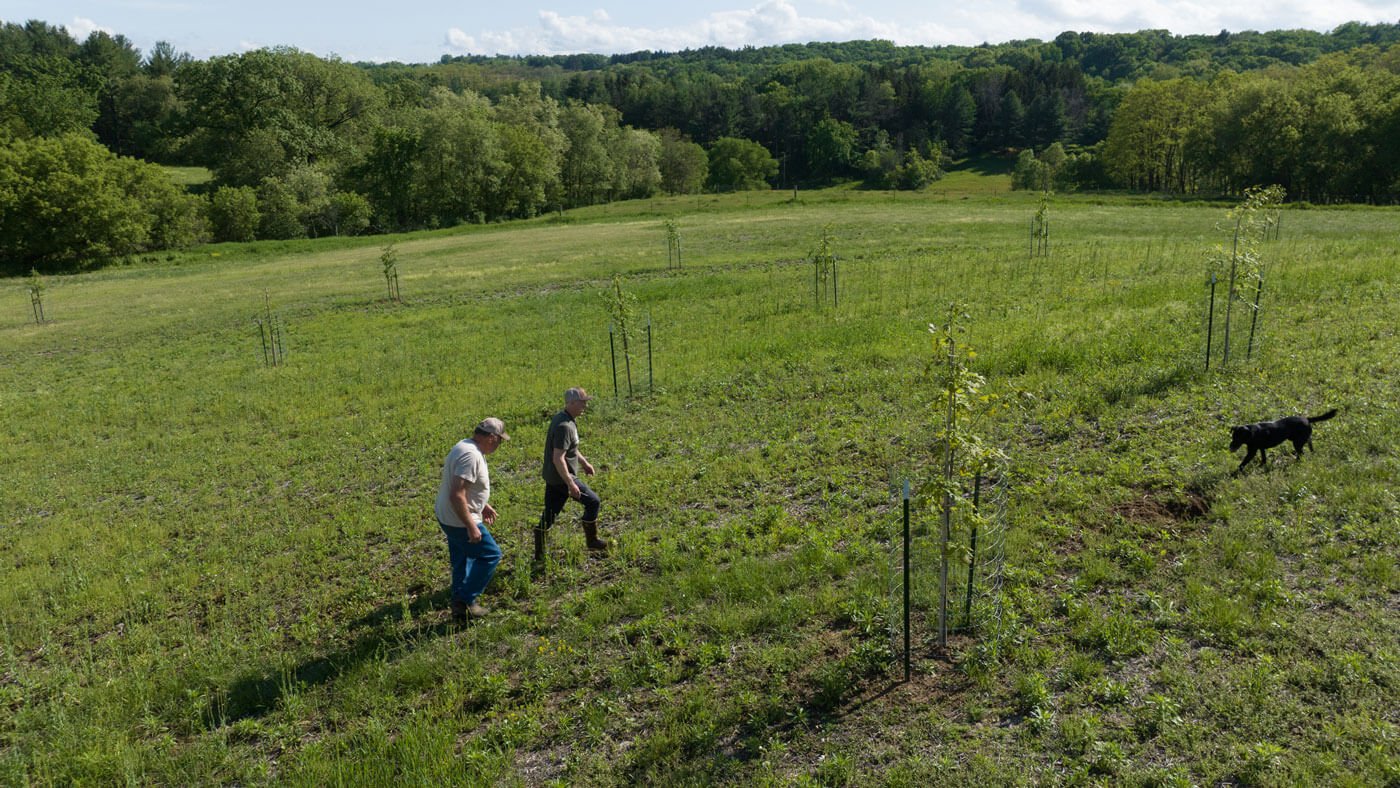
The process starts simply with a conversation via email or phone call and progresses from there. Both parties are urged to move slowly and be honest and sincere throughout the process. Next steps include a visit to the property and if an agreement is arrived at, on to the work and access. We urge everyone to start with small projects and expectations and allow the relationship to grow. Built on cooperation, communication and trust, the Sharing the Land model intentionally helps build solid ongoing connections between people and the land.
Landowners and Access seekers are encouraged to learn about their land and build their conservation resume by learning about land management through joining and participating in organizations like Pheasants Forever The Aldo Leopold Foundation National Deer Association The National Wild Turkey Federation and The Nature Conservancy These and other organizations often offer opportunities to learn and practice conservation skills.
Additionally, most state conservation departments and University Extensions also offer field days, classes, and materials to help interested folks improve their knowledge and skills.

Sharing the Land in Action
Now in its third year, Sharing the Land has grown to include Cooperating Landowners and properties in 14 States, has 38 properties enrolled, and over 10,000 acres benefiting from cooperative conservation. Nearly 1,500 Access Seekers have submitted Conservation Resumes. Although we have not been able to match all access seekers with landowners, we continue to recruit and regularly sign up more landowners, provide them with resumes, and send more resumes to existing landowners when they ask.
Inspired by Aldo Leopold’s Riley Game Cooperative, and built on principles of The Land Ethic, Sharing the Land is providing a way to advance conservation, build cooperation and community, and provide more opportunity for connections between people and the Land. 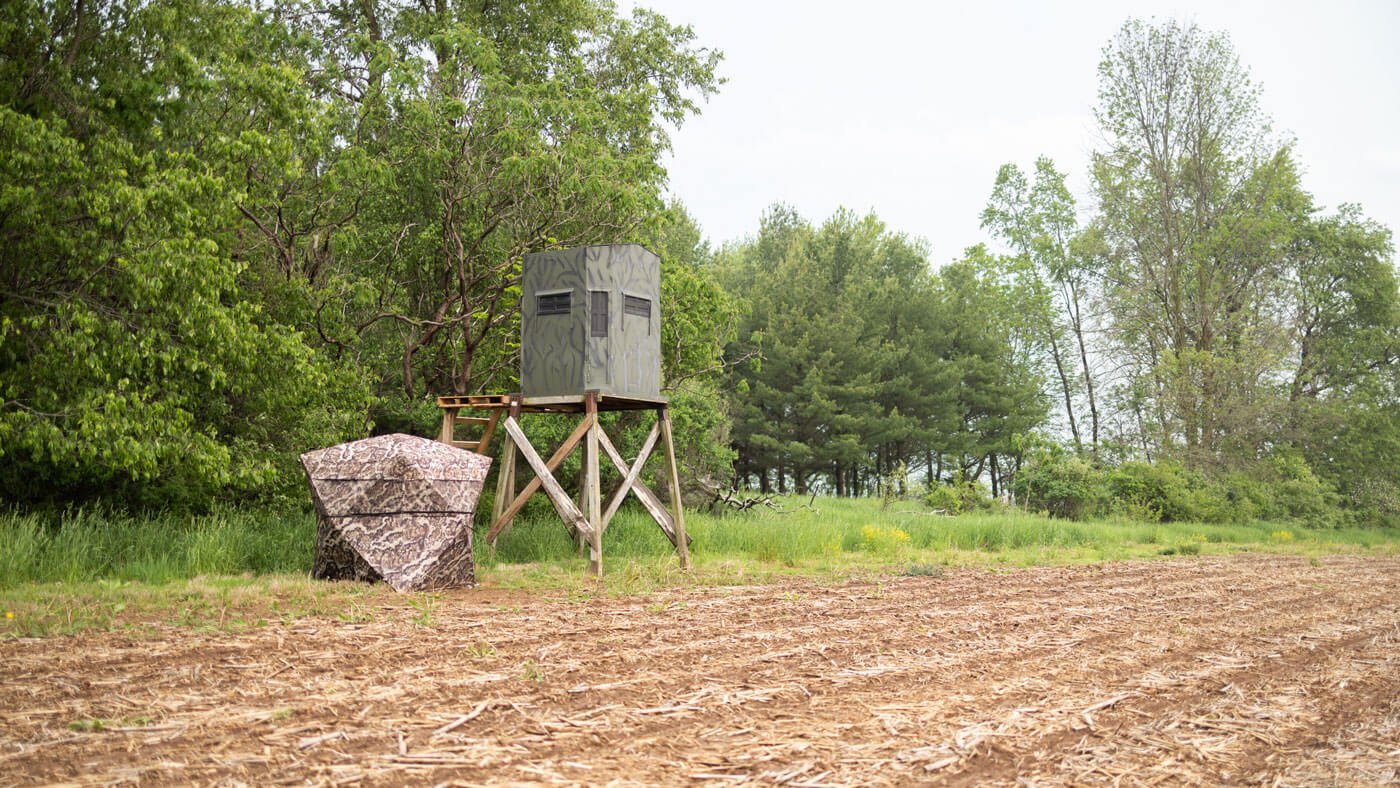
To learn more, go to www.sharingtheland.com

